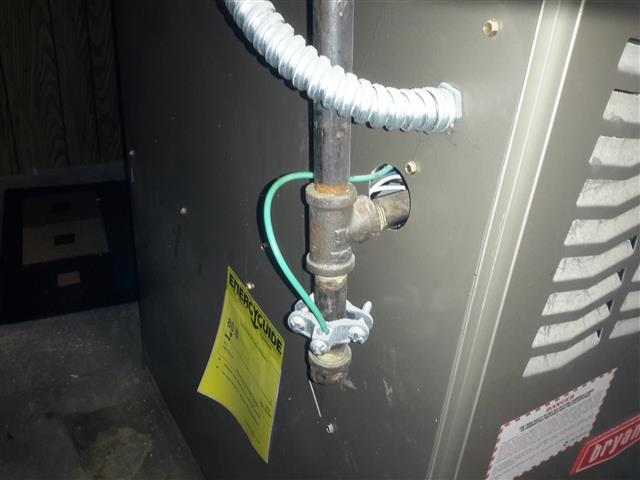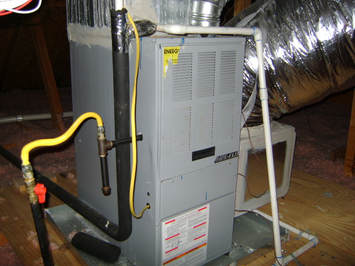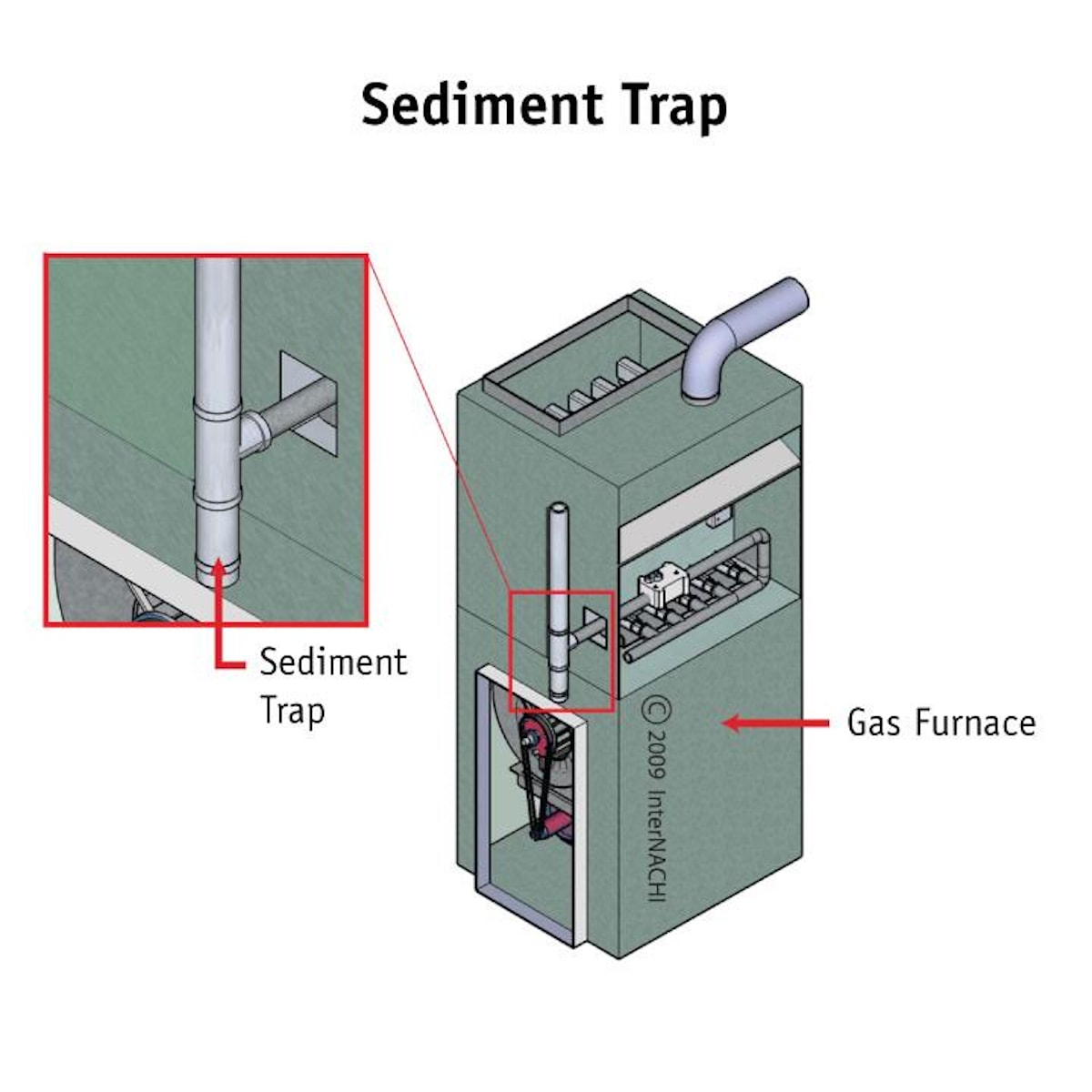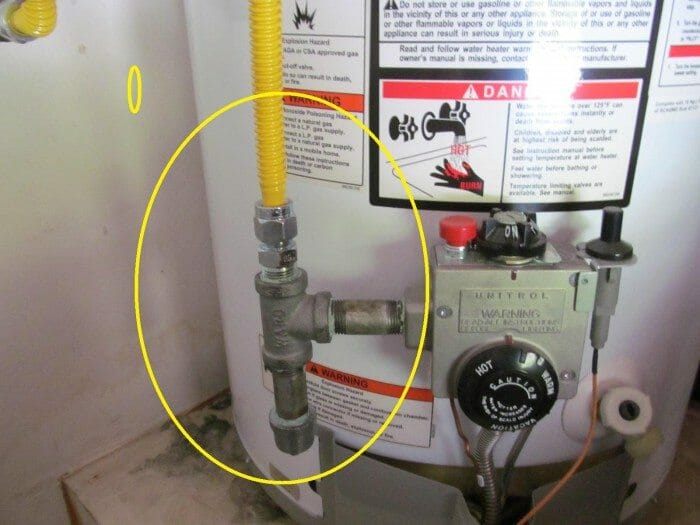Sediment traps are intentionally installed to help prevent sediment in the gas piping from getting into the gas valve or burner area of an appliance and fouling things up.
Sediment trap furnace.
Sediment traps sometimes mistakenly referred to as drip legs are designed to catch sediment in natural gas before it enters into the water heater or furnace gas valve.
It is actually a very useful component of the gas line known as a sediment trap.
The photo below shows eighteen years of sediment accumulation at the first sediment trap at my own house which is located on the main gas line just before the pressure.
Did the plumber possibly leave it in case you wanted to add to the line.
Most water heaters do not have a sediment trap in them.
Sediment traps have been required for approximately forever and they re still required today by the minnesota state fuel.
A sediment trap which is sometimes called a drip leg although technically different is a capped off section of gas line which is installed in such a way that any debris or moisture in the gas line will be caught in the trap where it can be cleaned out easily.
The sediment traps at my furnace and water heater were completely empty.
The reason for this is to ensure safe operation of an appliance by keeping debris.
Have you ever looked at your gas furnace or gas water heater and wondered what the short piece of gas pipe going to nothing was for.
Different areas have different contaminants in the gas and the traps help catch these.








